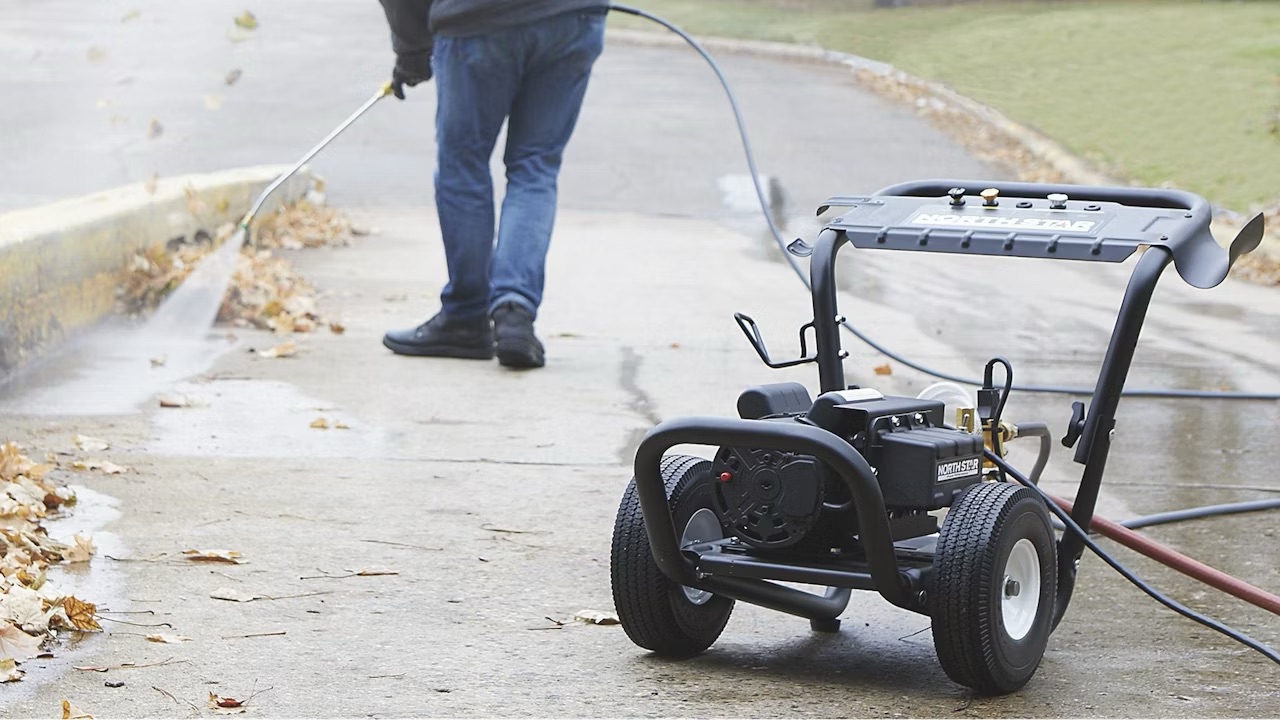

Articles
Pressure Washer Stalls When Trigger Is Pulled
Modified: October 20, 2024
Find articles on how to troubleshoot your pressure washer that stalls when the trigger is pulled. Get expert tips and solutions to fix the issue.
(Many of the links in this article redirect to a specific reviewed product. Your purchase of these products through affiliate links helps to generate commission for Storables.com, at no extra cost. Learn more)
Pressure Washer Stalls When Trigger Is Pulled
Having a pressure washer is a convenient way to clean various surfaces efficiently and effectively. However, it can be frustrating when your pressure washer stalls as soon as you pull the trigger. There are several potential causes for this issue, but with some troubleshooting, you can get your pressure washer up and running smoothly again. Let’s explore some common culprits and the steps to resolve them.
Key Takeaways:
- Keep your pressure washer running smoothly by addressing common issues such as low water flow, clogged nozzles, and dirty air filters. Regular maintenance and troubleshooting will ensure optimal performance.
- Don’t let stalling pressure washers stall your cleaning progress. Troubleshoot and resolve issues with fuel, spark plugs, and overheating engines to keep your pressure washer in top condition.
Read also: 15 Best Pressure Washer Trigger Gun For 2025
Low Water Flow
Inadequate water flow is one of the main reasons why a pressure washer may stall when the trigger is pulled. Ensure that your water source is providing enough water flow to meet the requirements of the pressure washer. Check for any kinks or blockages in the hose that might be restricting the water flow. Additionally, make sure that the water inlet filter is clean and free of debris.
Clogged Nozzle or Spray Wand
A clogged nozzle or spray wand can disrupt the water flow and cause the pressure washer to stall. Inspect the nozzle or spray wand for any obstructions or buildup. Clean the nozzle or spray wand thoroughly to remove any debris that may be causing the blockage. If the nozzle is severely clogged, consider replacing it with a new one to ensure proper water flow.
Insufficient Fuel or Improper Fuel Mixture
If your pressure washer runs on fuel, ensure that it has enough fuel in the tank and that the fuel is fresh. Stale or contaminated fuel can affect the engine’s performance and cause it to stall. Additionally, check that the fuel mixture is accurate and matches the manufacturer’s recommendations. Incorrect fuel mixture can also lead to engine stalling.
Faulty Spark Plug
A worn-out or faulty spark plug can cause the engine to misfire or stall. Inspect the spark plug and look for signs of damage, such as a worn electrode or excessive carbon buildup. If necessary, replace the spark plug with a new one to ensure proper ignition and engine performance.
Read more: How To Adjust Pressure On Pressure Washer
Dirty Air Filter
A dirty air filter can restrict airflow to the engine, leading to stalling issues. Check the air filter and clean or replace it if necessary. A clean air filter ensures proper combustion and helps prevent the engine from stalling.
Malfunctioning Unloader Valve
The unloader valve is a safety mechanism that relieves pressure from the pump when the trigger is released. If the unloader valve is faulty or stuck, it may not function properly, causing the pressure washer to stall. Inspect the unloader valve for any damage or signs of malfunction. If needed, replace the unloader valve to restore proper pressure regulation.
Overheating Engine
Excessive heat can cause the engine to stall. Ensure that the pressure washer is not operating in excessively hot conditions or for extended periods without proper cooling. If the engine is overheating, allow it to cool down before using the pressure washer again. Check that the cooling fins are clean and free from debris to facilitate proper airflow and cooling.
Problems with Pump or Pressure Regulating Valve
A malfunctioning pump or pressure regulating valve can also result in engine stalling. Inspect the pump for any leaks, damage, or worn-out components. If you notice any issues, it may be necessary to repair or replace the pump to restore normal operation. Similarly, examine the pressure regulating valve for any signs of malfunction and address the problem accordingly.
By troubleshooting these possible causes and taking appropriate action, you can address the issue of your pressure washer stalling when the trigger is pulled. Regular maintenance, including cleaning, inspection, and proper fuel and oil care, will help keep your pressure washer running smoothly for years to come.
Remember to consult your pressure washer’s manual for specific instructions and recommendations from the manufacturer. If the problem persists after troubleshooting, it may be best to seek professional assistance to diagnose and repair the issue.
Happy pressure washing!
Pressure Washer Stalls When Trigger Is Pulled
Introduction:
A pressure washer is a powerful tool that utilizes high-pressure water to clean surfaces effectively. Whether you need to wash your car, remove grime from your deck, or clean your driveway, a pressure washer can make these tasks much easier. However, encountering a problem like a pressure washer stalling when you pull the trigger can be frustrating.
When you pull the trigger on a pressure washer, it activates the spray nozzle and increases the water pressure, allowing you to clean efficiently. But if your pressure washer stalls as soon as you pull the trigger, it can hinder your cleaning progress and leave you scratching your head about what could be causing the issue.
There are several potential causes for a pressure washer stalling when the trigger is pulled. These issues can range from simple maintenance tasks to more technical problems with the engine or pump. In this article, we will explore the common causes of pressure washer stalling and provide troubleshooting steps to help you get your pressure washer back in working order.
It’s important to keep in mind that pressure washers can vary in design and functionality, so the specific troubleshooting steps may vary depending on the model you have. Always refer to your pressure washer’s manual for manufacturer-specific instructions and recommendations.
We will discuss possible causes such as low water flow, clogged nozzles or spray wands, insufficient fuel or improper fuel mixture, faulty spark plugs, dirty air filters, malfunctioning unloader valves, overheating engines, and problems with the pump or pressure regulating valve.
By understanding these potential issues and following the troubleshooting steps, you can diagnose and fix the problem that is causing your pressure washer to stall when the trigger is pulled. Let’s jump into it and get your pressure washer back to working condition!
Pressure Washer Stalls When Trigger Is Pulled
Possible causes and troubleshooting steps:
1. Low Water Flow:
Inadequate water flow is a common cause of pressure washer stalling. To troubleshoot this issue, first check that your water source is providing sufficient flow to meet the pressure washer’s requirements. Make sure there are no kinks or blockages in the hose that could restrict water flow. Additionally, clean the water inlet filter to ensure it is free from debris that could impede water flow.
2. Clogged Nozzle or Spray Wand:
A clogged nozzle or spray wand can disrupt water flow, resulting in the pressure washer stalling. Begin by inspecting the nozzle and spray wand for any obstructions or buildup. Clean them thoroughly to remove any debris that may be causing the blockage. If the nozzle is severely clogged, consider replacing it with a new one to ensure proper water flow.
3. Insufficient Fuel or Improper Fuel Mixture:
If your pressure washer runs on fuel, check that there is enough fuel in the tank and that it is fresh. Stale or contaminated fuel can negatively affect the engine’s performance, leading to stalling. Additionally, verify that the fuel mixture is accurate and aligns with the manufacturer’s recommendations. Incorrect fuel mixture can also cause engine stalling.
4. Faulty Spark Plug:
A worn-out or faulty spark plug can cause the engine to misfire or stall. Inspect the spark plug for any signs of damage, such as a worn electrode or excessive carbon buildup. If necessary, replace the spark plug with a new one to ensure proper ignition and engine performance.
5. Dirty Air Filter:
A dirty air filter can restrict airflow to the engine, resulting in stalling. Check the air filter and clean or replace it if needed. A clean air filter ensures proper combustion and helps prevent the engine from stalling.
6. Malfunctioning Unloader Valve:
The unloader valve is responsible for relieving pressure from the pump when the trigger is released. If the unloader valve is faulty or stuck, it may not function properly and cause the pressure washer to stall. Inspect the unloader valve for any damage or signs of malfunction. If necessary, replace it to restore proper pressure regulation.
7. Overheating Engine:
An overheating engine can lead to stalling. Avoid operating the pressure washer in excessively hot conditions or for extended periods without proper cooling. If the engine overheats, allow it to cool down before using the pressure washer again. Ensure the cooling fins are clean and free from debris for optimal airflow and cooling.
8. Problems with Pump or Pressure Regulating Valve:
A malfunctioning pump or pressure regulating valve can also cause engine stalling. Inspect the pump for leaks, damage, or worn-out components. If any issues are found, it may be necessary to repair or replace the pump to restore normal operation. Similarly, examine the pressure regulating valve for malfunction and address it accordingly.
By following these troubleshooting steps, you can identify and resolve the issue that is causing your pressure washer to stall when the trigger is pulled. It’s important to pay attention to regular maintenance tasks and consult your pressure washer’s manual for specific guidance. If the problem persists, consider seeking professional assistance to diagnose and repair the issue.
Now that you are armed with troubleshooting knowledge, you can confidently tackle the problem and get your pressure washer back in action!
Pressure Washer Stalls When Trigger Is Pulled
1. Low Water Flow
Low water flow is a common issue that can cause a pressure washer to stall when the trigger is pulled. Without adequate water flow, the pressure washer cannot generate the necessary pressure to function properly. Here are some troubleshooting steps to address low water flow:
Check Water Source: Ensure that your water source is providing enough flow to meet the pressure washer’s requirements. Insufficient water flow can result from a variety of factors, such as a partially closed valve or a low-pressure water supply. Check that the water supply valve is fully open, and if necessary, check and adjust any pressure regulators or flow restrictors on the water line.
Inspect the Hose: Check for any kinks, twists, or blockages in the hose that could restrict water flow. Straighten out any kinks and ensure that the hose is free of any debris or clogs.
Clean the Water Inlet Filter: The water inlet filter is designed to catch debris and prevent it from entering the pressure washer. Over time, this filter can become clogged with dirt, sand, or other particles, reducing the water flow. Locate the filter and remove it from the water inlet. Rinse it thoroughly with clean water to remove any accumulated debris, and then reattach it to the pressure washer.
Check the Water Connection: Ensure that the water connection is secure and leak-free. A loose or faulty connection can result in reduced water flow, causing the pressure washer to stall. Tighten any loose connections and repair any leaks if necessary.
Verify Hose Length and Diameter: The length and diameter of the hose can also impact water flow. If the hose is too long or has a smaller diameter than recommended for your pressure washer, it can reduce water flow and lead to stalling. Make sure the hose meets the manufacturer’s specifications for optimal performance.
Inspect the Pump: The pump is responsible for drawing in water and pressurizing it. If the pump is damaged or worn, it may not be able to generate sufficient water flow. Inspect the pump for any signs of leaks, cracks, or wear. If you notice any issues, it may be necessary to repair or replace the pump.
By following these troubleshooting steps and addressing any low water flow issues, you can improve the performance of your pressure washer and prevent it from stalling when the trigger is pulled. Remember to reference your pressure washer’s manual for model-specific instructions and recommendations.
Now that you understand the potential causes and troubleshooting steps for low water flow, you can confidently tackle this issue and keep your pressure washer running smoothly.
Pressure Washer Stalls When Trigger Is Pulled
2. Clogged Nozzle or Spray Wand
A clogged nozzle or spray wand is another common culprit for a pressure washer stalling when the trigger is pulled. A blockage in these components can restrict water flow and disrupt the pressure washer’s performance. Here are some troubleshooting steps to address a clogged nozzle or spray wand:
Inspect the Nozzle and Spray Wand: Examine the nozzle and spray wand for any visible signs of debris, such as dirt, grime, or sediment. If you notice any blockage, use a pin or small wire to carefully clear the nozzle or spray wand openings. Be cautious not to damage the nozzle or spray wand while removing the blockage.
Soak in Cleaning Solution: If the nozzle or spray wand is heavily clogged with stubborn residue, you can try soaking them in a cleaning solution. Prepare a mixture of warm water and mild detergent or nozzle cleaning solution. Submerge the nozzle or spray wand in the solution for the recommended duration as per the cleaning product instructions. After soaking, rinse them thoroughly with clean water to remove any remaining residue.
Remove and Clean the Nozzle: Some pressure washer nozzles can be detached for cleaning. If your nozzle is removable, take it off and carefully clean it using a nozzle cleaning tool or a small brush. Remove any debris or buildup from the nozzle openings to ensure optimal water flow.
Replace or Upgrade the Nozzle: If the nozzle is severely clogged or damaged beyond repair, consider replacing it with a new one. Make sure to choose a nozzle that is compatible with your pressure washer model and intended use. Different nozzles have varying spray patterns and degrees of pressure, so select the appropriate one for your specific cleaning needs.
Inspect the Spray Wand Extension: If your pressure washer has a spray wand extension, check it for any potential blockages. Detach the spray wand extension and inspect it for debris or clogs. Clean it thoroughly before reattaching it to the pressure washer.
Maintain Regular Cleaning: To prevent future clogs, it’s important to maintain regular cleaning of the nozzle and spray wand. After each use, flush the nozzle and spray wand with clean water to remove any leftover debris. Additionally, periodically inspect and clean the nozzle to ensure optimal water flow and pressure.
By following these troubleshooting steps and addressing any clogs in the nozzle or spray wand, you can restore proper water flow and prevent your pressure washer from stalling when the trigger is pulled. Remember to consult your pressure washer’s manual for model-specific instructions and recommended cleaning methods for these components.
Now that you understand how to tackle a clogged nozzle or spray wand, you can confidently resolve this issue and keep your pressure washer running smoothly.
Pressure Washer Stalls When Trigger Is Pulled
3. Insufficient Fuel or Improper Fuel Mixture
One of the potential causes for a pressure washer stalling when the trigger is pulled is insufficient fuel or an improper fuel mixture. If the engine does not have enough fuel or if the fuel mixture is incorrect, it can result in poor performance and stalling. Here are some troubleshooting steps to address this issue:
Check the Fuel Level: Ensure that your pressure washer has an adequate supply of fuel in the tank. If the fuel level is low, refill it to the appropriate level. Keep in mind that each pressure washer model may have different fuel capacity requirements, so consult your user manual for specific instructions.
Verify the Fuel Type: Check that you are using the correct type of fuel recommended by the manufacturer. Most pressure washers use unleaded gasoline, but some models may require specific fuel types. Using the wrong fuel can cause engine problems and stalling. Make sure to consult the pressure washer’s manual for the appropriate fuel type.
Inspect the Fuel Line and Filter: Check the fuel line and filter for any blockages or damage that could impede fuel flow. A clogged or damaged fuel line or filter can result in insufficient fuel reaching the engine, causing stalling. Clean or replace the fuel line and filter if necessary.
Verify the Fuel Mixture: If your pressure washer requires a fuel mixture, such as a two-stroke engine, ensure that the fuel mixture is accurate. Improper fuel mixture can lead to engine problems and stalling. Use a fuel mixing container and follow the manufacturer’s recommendations for the correct fuel-to-oil ratio.
Drain and Refill with Fresh Fuel: If the fuel in the tank is old or contaminated, it can affect engine performance and cause stalling. Drain the old fuel from the tank and replace it with fresh, clean fuel. This will help ensure optimal combustion and prevent fuel-related issues.
Clean or Replace the Carburetor: The carburetor is responsible for mixing fuel and air for combustion. If the carburetor is dirty or clogged, it can disrupt the fuel mixture and result in stalling. Clean the carburetor using carburetor cleaner and a small brush, or consider replacing it if cleaning does not resolve the issue.
Consult a Professional: If you are unsure about the fuel requirements or if the issue persists after troubleshooting, it may be best to consult a professional or authorized service center. They will have the expertise to diagnose and address any complex fuel-related problems.
By following these troubleshooting steps and addressing any fuel-related issues, you can improve the fuel flow and mixture, preventing your pressure washer from stalling when the trigger is pulled. Always refer to your pressure washer’s manual for model-specific instructions and recommendations related to fuel usage.
Now that you understand how to address insufficient fuel or improper fuel mixture, you can confidently address this issue and keep your pressure washer running smoothly.
Pressure Washer Stalls When Trigger Is Pulled
4. Faulty Spark Plug
A faulty spark plug can be a common cause of a pressure washer stalling when the trigger is pulled. The spark plug is responsible for igniting the fuel-air mixture inside the engine. If the spark plug is worn out or damaged, it can result in misfires and engine stalling. Here are some troubleshooting steps to address this issue:
Inspect the Spark Plug: Start by visually inspecting the spark plug for any signs of damage or wear. Look for cracks, corrosion, or excessive deposits. If the spark plug is fouled or covered in carbon deposits, it may need cleaning or replacement.
Clean the Spark Plug: If the spark plug is dirty but still in good condition, you can attempt to clean it. Use a wire brush or a spark plug cleaner tool to remove any buildup or deposits. Be gentle when cleaning to avoid damaging the electrode or insulator.
Check the Spark Plug Gap: The spark plug gap refers to the distance between the center electrode and the ground electrode. Measure the gap using a spark plug gap gauge. If the gap is too wide or too narrow, it can affect the spark plug’s performance. Adjust the gap as per the manufacturer’s specifications by gently bending the ground electrode.
Replace the Spark Plug: If the spark plug is worn out, damaged, or cannot be effectively cleaned, it is best to replace it. Refer to your pressure washer’s manual for the specific spark plug type and recommended replacement interval. Ensure that the new spark plug is properly gapped before installing it.
Verify Spark Plug Connections: Check that the spark plug wire and boot are securely connected to the spark plug. A loose or faulty connection can cause intermittent sparks and result in engine stalling. Ensure that the spark plug wire is firmly attached to the spark plug and that the boot is snugly covering the plug.
Check Ignition System Components: If the spark plug replacement does not resolve the stalling issue, it is worth inspecting other ignition system components. Check the ignition coil, wires, and any other related components for damage or wear. Replace any faulty components as necessary.
Consult a Professional: If you are unsure about replacing the spark plug or if the problem persists after troubleshooting, it may be best to consult a professional or authorized service center. They will have the expertise to diagnose and address any complex ignition system problems.
By following these troubleshooting steps and addressing any issues with the spark plug, you can restore proper ignition and prevent your pressure washer from stalling when the trigger is pulled. Always refer to your pressure washer’s manual for model-specific instructions and recommendations related to the spark plug.
Now that you understand how to address a faulty spark plug, you can confidently tackle this issue and keep your pressure washer running smoothly.
Pressure Washer Stalls When Trigger Is Pulled
5. Dirty Air Filter
A dirty air filter can contribute to a pressure washer stalling when the trigger is pulled. The air filter prevents dust, dirt, and debris from entering the engine and ensures clean airflow for combustion. If the air filter becomes clogged or dirty, it can restrict the air supply, leading to engine problems and stalling. Here are some troubleshooting steps to address this issue:
Locate the Air Filter: The air filter is typically located near the engine’s intake system. Refer to your pressure washer’s manual to identify the air filter’s specific location and access points.
Inspect the Air Filter: Remove the air filter cover and inspect the filter for dirt, dust, and debris. If the filter appears dirty, clogged, or discolored, it is likely in need of cleaning or replacement.
Clean the Air Filter: If the air filter is lightly dirty or dusty, it can often be cleaned rather than replaced. Remove the filter and gently tap it or brush away any loose debris. If necessary, rinse the filter with water from the clean side to remove stubborn dirt. Allow the filter to dry completely before reinstalling it.
Replace the Air Filter: If the air filter is heavily clogged or damaged beyond cleaning, it is best to replace it with a new filter. Check your pressure washer’s manual for the correct filter type and model number. Install the new filter according to the manufacturer’s instructions.
Check for Proper Installation: Ensure that the air filter is properly installed and secured in place. A loose or improperly fitted air filter can allow unfiltered air to enter the engine, leading to stalling issues. Double-check that the filter is seated correctly and that all fasteners are tightened.
Maintain Regular Air Filter Care: To prevent future issues, regularly inspect and clean or replace the air filter as needed. It is recommended to clean or replace the air filter after every 25 hours of use or as specified by the manufacturer. Keeping the air filter clean will ensure proper airflow and help prevent stalling.
Perform Regular Maintenance: In addition to caring for the air filter, it is essential to perform regular maintenance on your pressure washer. This includes checking other filters, such as the fuel filter, if applicable, and following all maintenance guidelines provided by the manufacturer.
By following these troubleshooting steps and addressing any dirty air filter issues, you can ensure proper airflow to the engine and prevent your pressure washer from stalling when the trigger is pulled. Don’t forget to consult your pressure washer’s manual for model-specific instructions and recommendations related to your air filter.
Now that you know how to address a dirty air filter, you can confidently resolve this issue and keep your pressure washer running smoothly.
Pressure Washer Stalls When Trigger Is Pulled
6. Malfunctioning Unloader Valve
A malfunctioning unloader valve can be a potential cause for a pressure washer stalling when the trigger is pulled. The unloader valve is a safety mechanism that releases pressure from the pump when the trigger is released. If the unloader valve is faulty or stuck, it may not function properly, causing the pressure washer to stall. Here are some troubleshooting steps to address this issue:
Inspect the Unloader Valve: Locate the unloader valve on your pressure washer. It is typically located near the pump or where the high-pressure hose connects to the pump. Inspect the valve for any visible signs of damage, debris, or stuck components.
Clean the Unloader Valve: If the unloader valve appears dirty or has debris, try cleaning it to remove any obstructions. Use a cleaning solution or appropriate solvent to dissolve any dirt or grime. Carefully follow the manufacturer’s instructions for cleaning the unloader valve.
Free Stuck Components: Sometimes, the unloader valve can get stuck due to buildup or corrosion. Gently tap the valve or use a small brush to try and free any stuck components. Be careful not to damage or force the valve during this process.
Check for Proper Operation: With the pressure washer turned off, manually actuate the unloader valve by pulling the trigger. The valve should release the pressure and allow water to flow freely. If the valve does not operate as expected or continues to get stuck, it may need to be replaced.
Replace the Unloader Valve: If cleaning or freeing the unloader valve does not resolve the issue, it may be necessary to replace it. Consult your pressure washer’s manual for the correct replacement part and instructions on how to install the new unloader valve.
Seek Professional Assistance: If you are unsure how to clean or replace the unloader valve, or if the problem persists after troubleshooting, it is best to consult a professional or authorized service center. They will have the expertise to diagnose and address any complex issues with the unloader valve.
Maintain Regular Maintenance: Regular maintenance of the unloader valve is important to prevent issues. Inspect and clean the valve periodically to ensure it is functioning correctly and prevent any potential buildup or corrosion that can lead to malfunctions.
By following these troubleshooting steps and addressing any issues with the unloader valve, you can restore proper pressure regulation and prevent your pressure washer from stalling when the trigger is pulled. Always consult your pressure washer’s manual for model-specific instructions and recommendations related to the unloader valve.
Now that you are equipped with the knowledge to troubleshoot a malfunctioning unloader valve, you can confidently resolve this issue and keep your pressure washer running smoothly.
Pressure Washer Stalls When Trigger Is Pulled
7. Overheating Engine
An overheating engine can be a potential cause for a pressure washer stalling when the trigger is pulled. Operating a pressure washer in excessively hot conditions or for extended periods without proper cooling can lead to engine overheating. Here are some troubleshooting steps to address this issue:
Allow the Engine to Cool Down: If your pressure washer stalls due to overheating, turn off the unit immediately. Allow the engine to cool down for a sufficient amount of time before restarting it. This will give the engine time to dissipate heat and reduce the risk of further damage.
Check for Proper Ventilation: Ensure that the pressure washer has adequate airflow and ventilation. Blocked or clogged ventilation areas can restrict the airflow to the engine, causing it to overheat. Remove any obstructions, such as debris or dirt, from the ventilation slots or openings.
Clean the Cooling Fins: The engine’s cooling fins help dissipate heat and keep the engine at a safe temperature. Inspect the cooling fins for any dirt, dust, or debris buildup. Use a soft brush or compressed air to carefully clean the cooling fins, ensuring that they are free from obstructions.
Check and Clean the Exhaust System: A clogged or restricted exhaust system can contribute to engine overheating. Inspect the exhaust system, including the muffler and exhaust port, for any blockages or excessive carbon buildup. Clean the exhaust system as needed to ensure proper exhaust flow.
Verify Proper Fuel and Oil Levels: Low fuel or oil levels can lead to engine overheating. Check and ensure that both the fuel and oil levels are at the appropriate marks. If necessary, refill the fuel or oil to the recommended levels based on the manufacturer’s guidelines.
Perform Regular Maintenance: Regular maintenance is crucial to keep your pressure washer running smoothly and prevent overheating. Make sure to follow the maintenance schedule provided in the pressure washer’s manual. This may include oil changes, air filter cleaning or replacement, and overall inspection of the engine components.
Check for Other Cooling System Issues: If the problem persists, it is possible that there may be other cooling system issues causing the engine to overheat. This could include a malfunctioning cooling fan, a failing water pump (in some models), or a faulty thermostat. In such cases, it is best to consult a professional or authorized service center for further diagnosis and repair.
By following these troubleshooting steps and addressing any overheating issues, you can prevent your pressure washer’s engine from stalling when the trigger is pulled, and extend its overall lifespan. Always refer to your pressure washer’s manual for model-specific instructions and recommendations concerning engine cooling and maintenance.
Now that you understand how to address an overheating engine, you can confidently troubleshoot and resolve this issue, ensuring proper functioning of your pressure washer.
Pressure Washer Stalls When Trigger Is Pulled
8. Problems with Pump or Pressure Regulating Valve
Issues with the pump or pressure regulating valve can cause a pressure washer to stall when the trigger is pulled. The pump is responsible for pressurizing the water, while the pressure regulating valve ensures that the pressure stays within a safe and manageable range. Here are some troubleshooting steps to address problems with the pump or pressure regulating valve:
Inspect the Pump: Check the pump for any visible signs of damage, such as leaks, cracks, or worn-out components. Look for loose connections or fittings as well. If you notice any issues, it may be necessary to repair or replace the pump. Consult your pressure washer’s manual for instructions specific to your model.
Check for Proper Oil Level: Some pressure washers require oil in the pump for lubrication and cooling. Verify that the pump has the correct oil level as indicated in the manual. Insufficient oil can affect the pump’s performance and lead to stalling. If needed, add the appropriate type of oil according to the manufacturer’s recommendations.
Address Pump Leaks: If you notice any leaks coming from the pump, it is crucial to identify and fix the source of the leak. Leaks can disrupt the pressure and cause the pressure washer to stall. Inspect the fittings, seals, and valves for any signs of damage or wear. Replace or repair any faulty components as necessary to resolve the leaks.
Clean or Replace the Pressure Regulating Valve: The pressure regulating valve helps maintain a consistent pressure level by diverting excess water back to the inlet. If the valve is clogged or malfunctioning, it can lead to pressure inconsistencies and stalling. Clean the valve to remove any debris, or if cleaning does not resolve the issue, consider replacing the valve with a new one.
Verify Water Inlet Pressure: Ensure that the water inlet pressure is within the recommended range for your pressure washer. Very low or very high water pressure can affect the pump’s performance and cause stalling. Use a pressure gauge to measure the water pressure and adjust it as necessary with the help of regulators or valves connected to the water source.
Consult a Professional: If you are unable to determine the cause of the problem or if the issue persists after troubleshooting, it is best to consult a professional or authorized service center. They will have the expertise to diagnose and address complex pump or pressure regulating valve issues.
Perform Regular Maintenance: Regular maintenance is essential to keep the pump and pressure regulating valve in optimal condition. Follow the maintenance schedule provided in the pressure washer’s manual, which may include tasks such as cleaning the pump, replacing seals, and inspecting valves.
By following these troubleshooting steps and addressing any problems with the pump or pressure regulating valve, you can restore proper pressure and prevent your pressure washer from stalling when the trigger is pulled. Refer to your pressure washer’s manual for model-specific instructions and recommendations regarding pump maintenance and care.
Now that you understand how to address problems with the pump or pressure regulating valve, you can confidently troubleshoot and resolve these issues to keep your pressure washer running smoothly.
Pressure Washer Stalls When Trigger Is Pulled
Conclusion
Experiencing a pressure washer that stalls when the trigger is pulled can be frustrating, but with proper troubleshooting and maintenance, you can resolve the issue and get your machine back to optimal performance. We have explored several potential causes and provided troubleshooting steps for each one:
- Low water flow: Check the water source, inspect the hose, clean the water inlet filter, and ensure proper water flow.
- Clogged nozzle or spray wand: Inspect and clean the nozzle or spray wand, and replace if necessary.
- Insufficient fuel or improper fuel mixture: Check the fuel level and type, verify the fuel mixture, and clean or replace the carburetor if needed.
- Faulty spark plug: Inspect and clean the spark plug, adjust the spark plug gap, and replace if necessary.
- Dirty air filter: Clean or replace the air filter to ensure proper airflow and combustion.
- Malfunctioning unloader valve: Inspect and clean the unloader valve, free any stuck components, and replace if necessary.
- Overheating engine: Allow the engine to cool down, ensure proper ventilation, clean the cooling fins and exhaust system, check fuel and oil levels, and perform regular maintenance.
- Problems with pump or pressure regulating valve: Inspect the pump, check the oil level, address pump leaks, clean or replace the pressure regulating valve, verify water inlet pressure, and perform regular maintenance.
Remember to consult your pressure washer’s manual for model-specific instructions and follow the maintenance schedule provided by the manufacturer. Regular maintenance, including cleaning, inspection, and proper fuel and oil care, will help optimize the performance and lifespan of your pressure washer.
If the troubleshooting steps do not resolve the stalling issue or if you are uncertain about performing certain repairs, it is always best to seek professional assistance from an authorized service center or professional technician. They have the expertise and specialized equipment to diagnose and address complex problems.
By addressing these potential causes and following the troubleshooting steps, you can overcome the challenge of a stalling pressure washer and have it functioning smoothly. With proper care and maintenance, your pressure washer will continue to serve as a reliable and efficient tool for your cleaning needs.
So, roll up your sleeves, get your pressure washer back in action, and enjoy the satisfaction of a clean and beautiful space!
Frequently Asked Questions about Pressure Washer Stalls When Trigger Is Pulled
Was this page helpful?
At Storables.com, we guarantee accurate and reliable information. Our content, validated by Expert Board Contributors, is crafted following stringent Editorial Policies. We're committed to providing you with well-researched, expert-backed insights for all your informational needs.
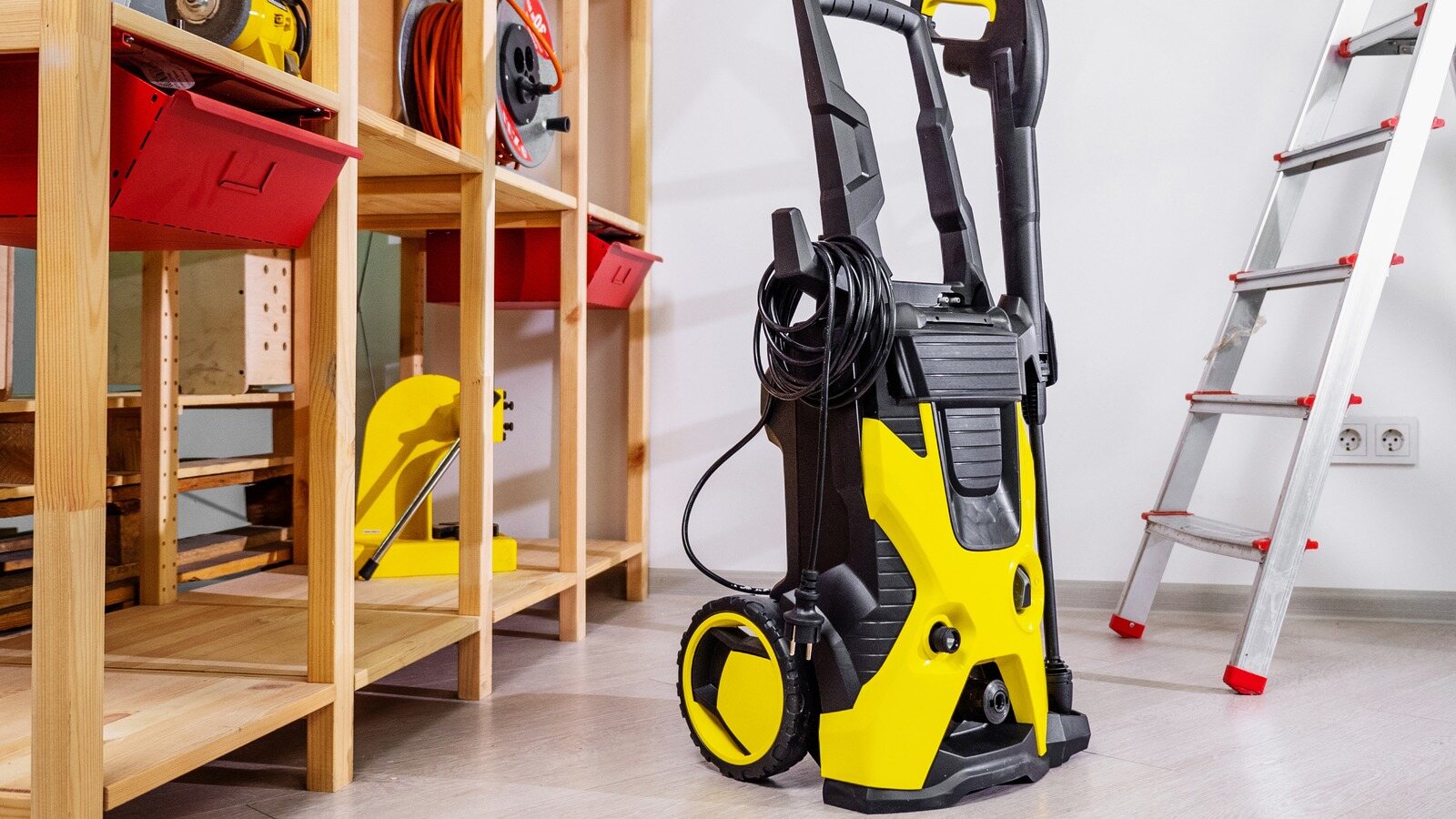
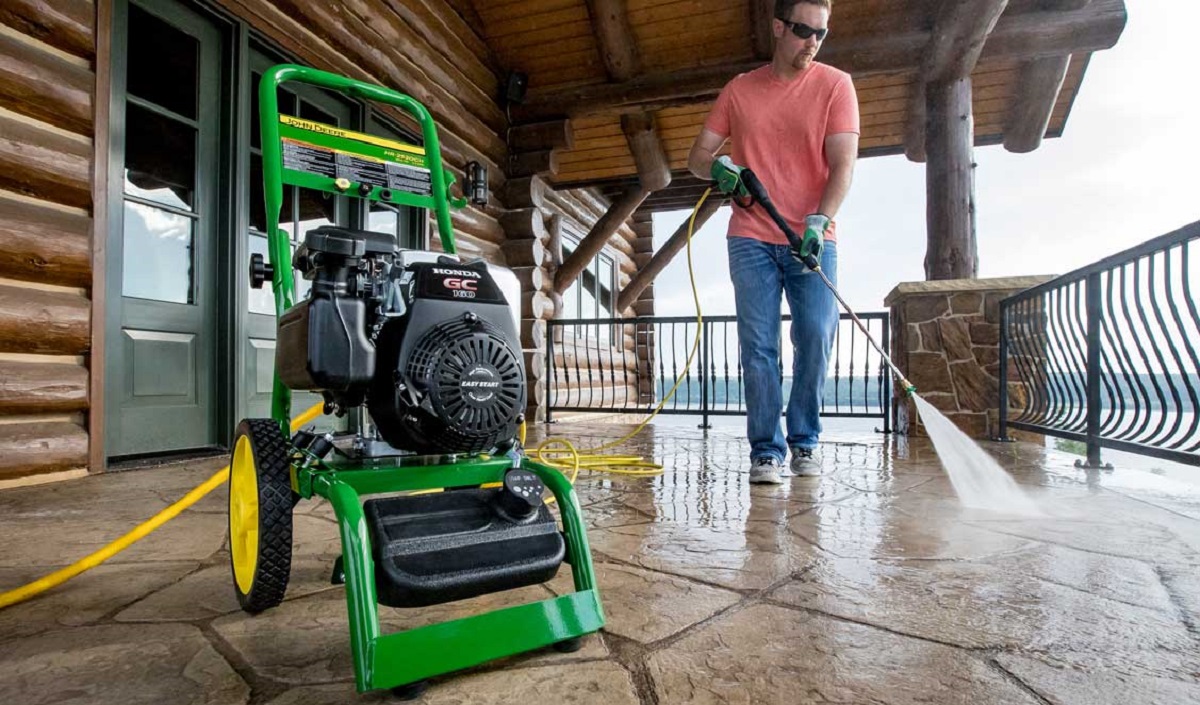
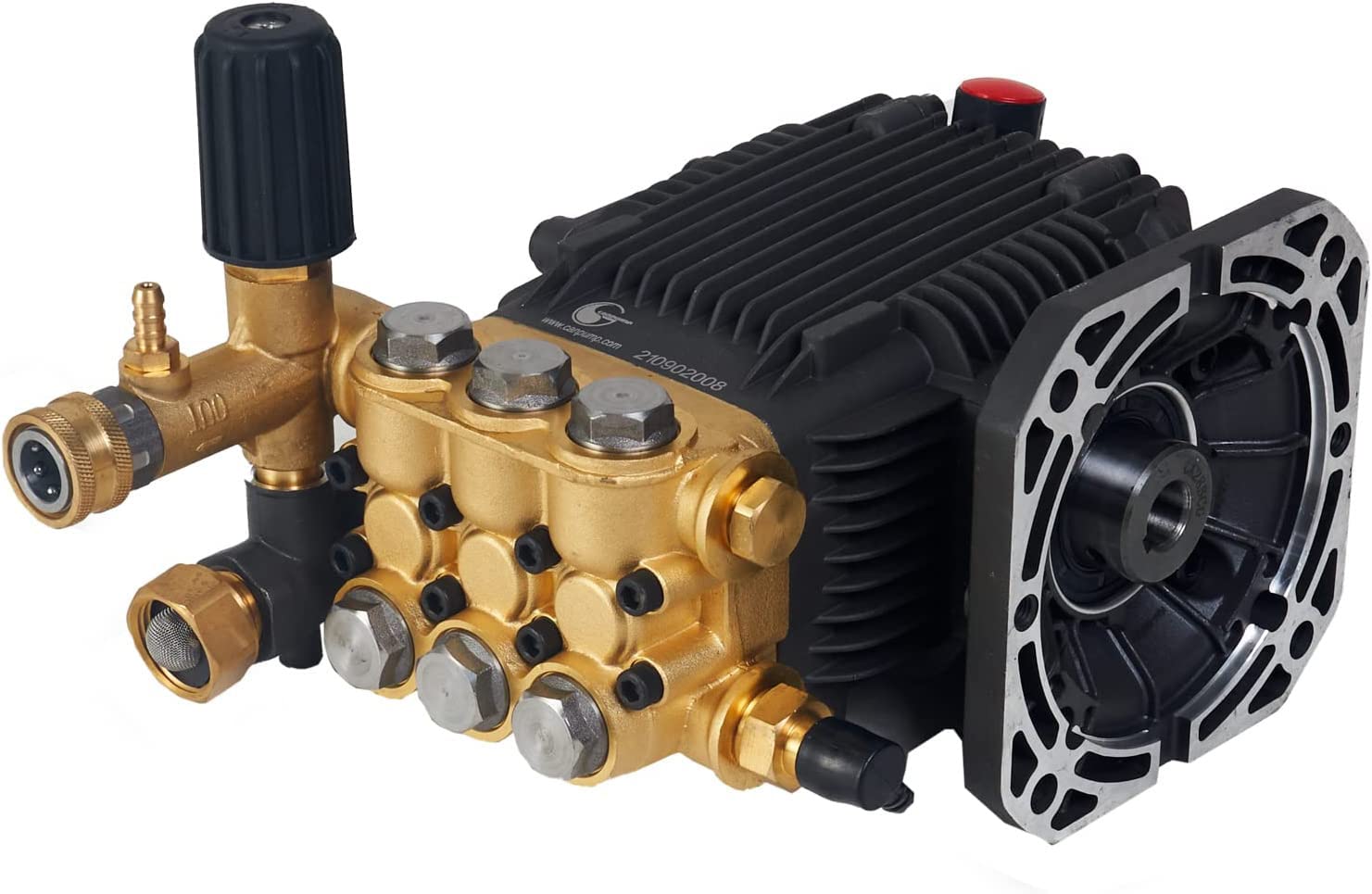
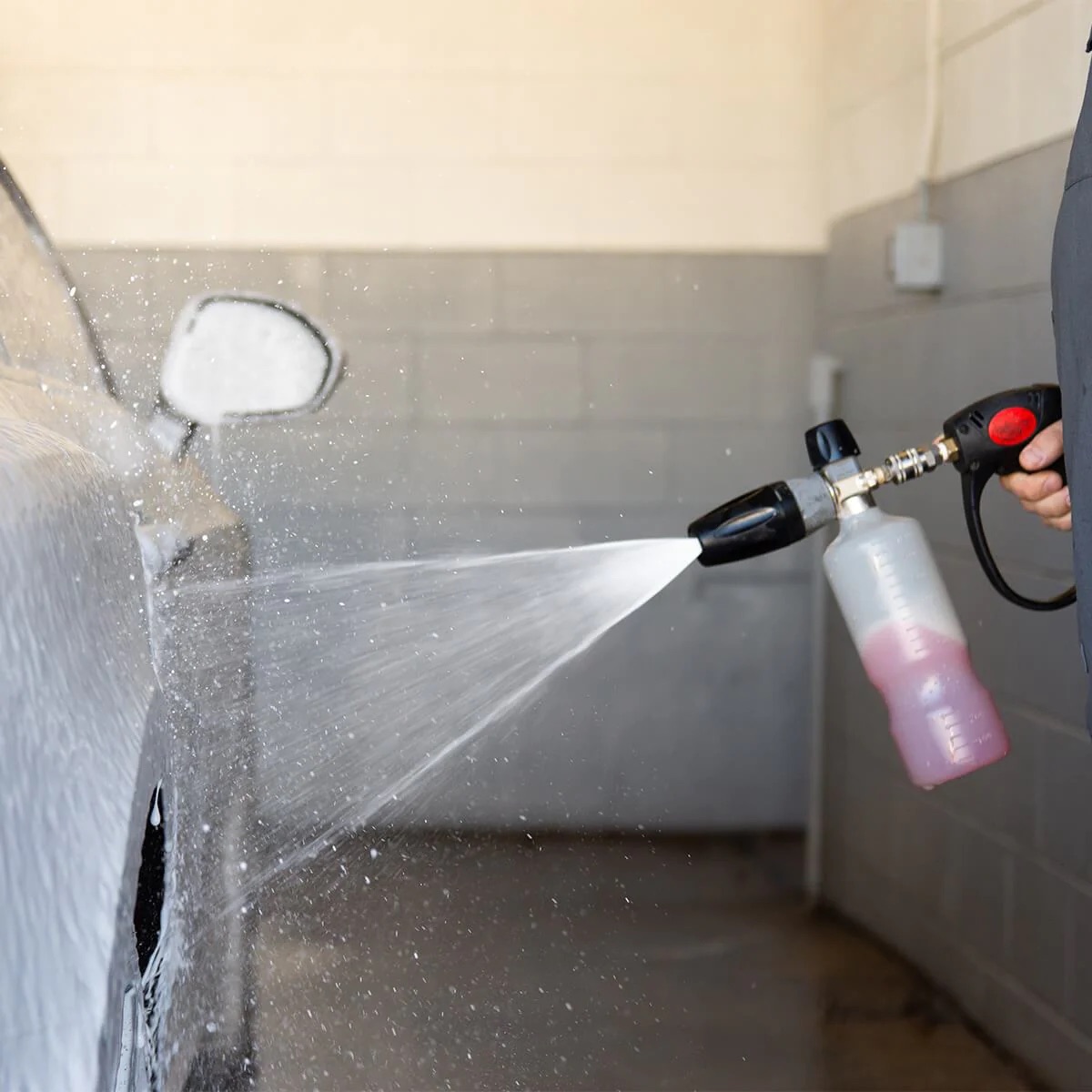
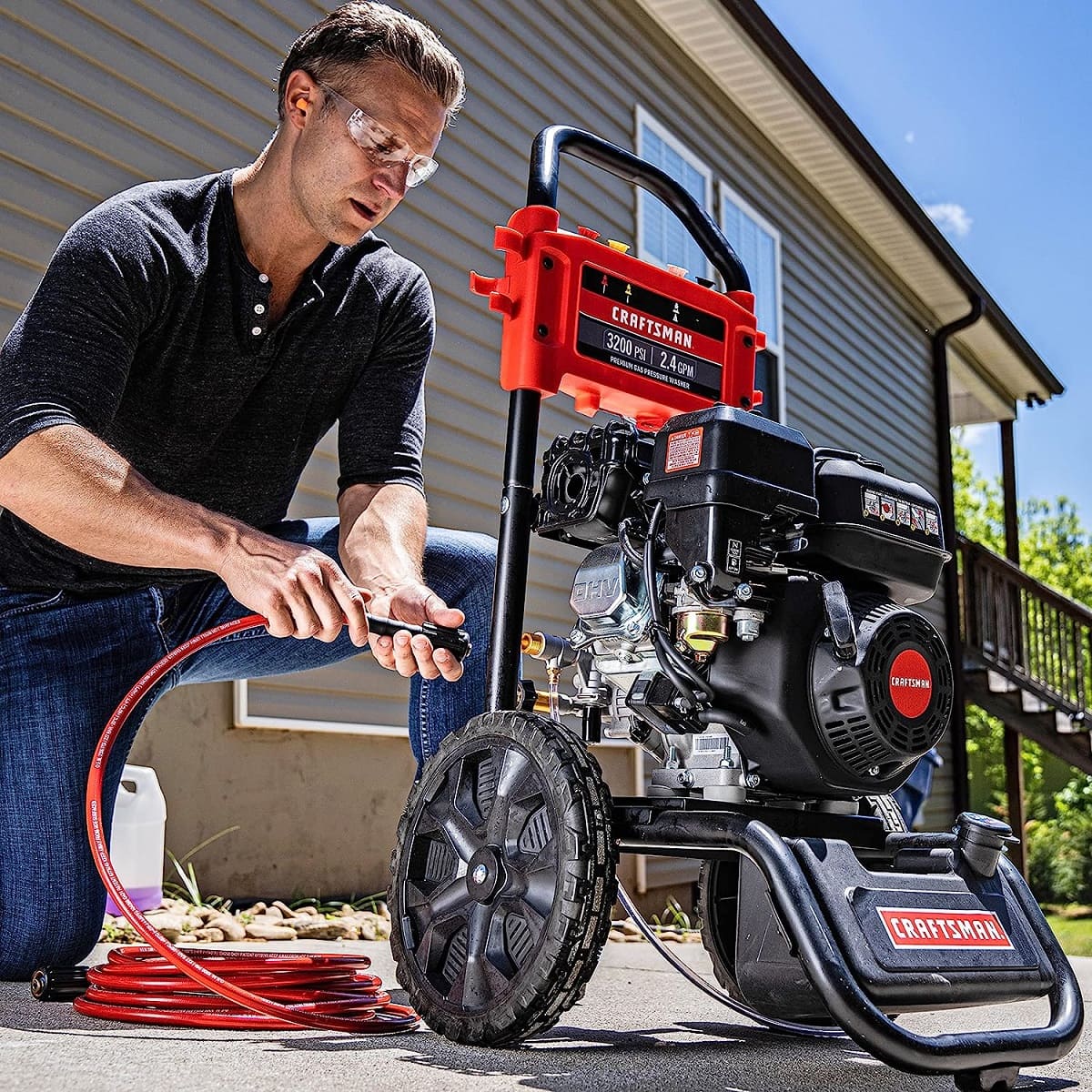
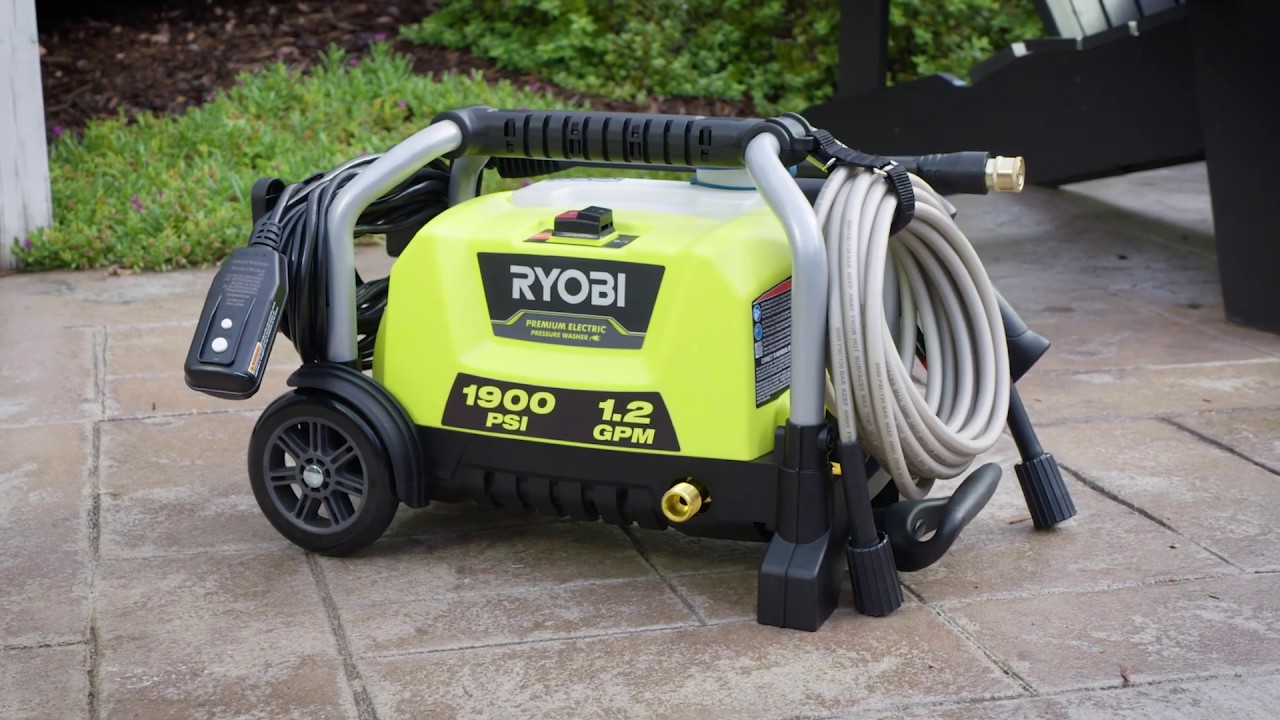
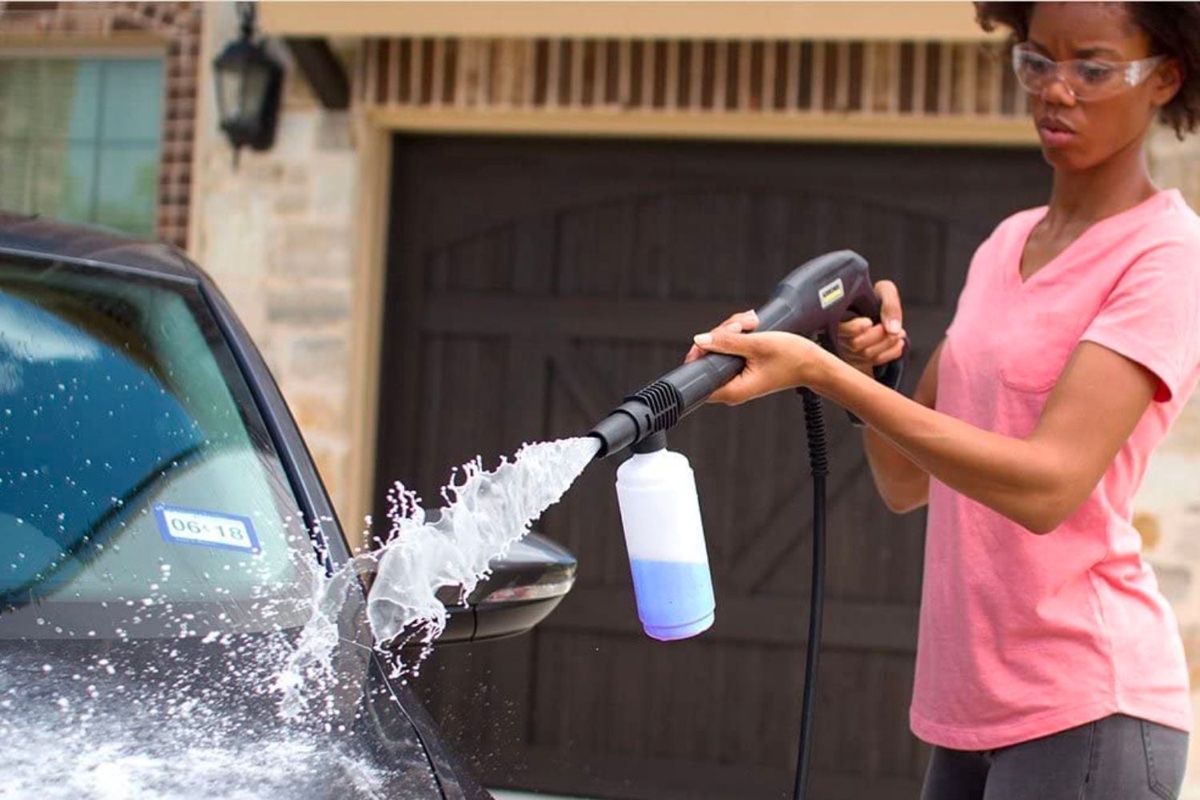
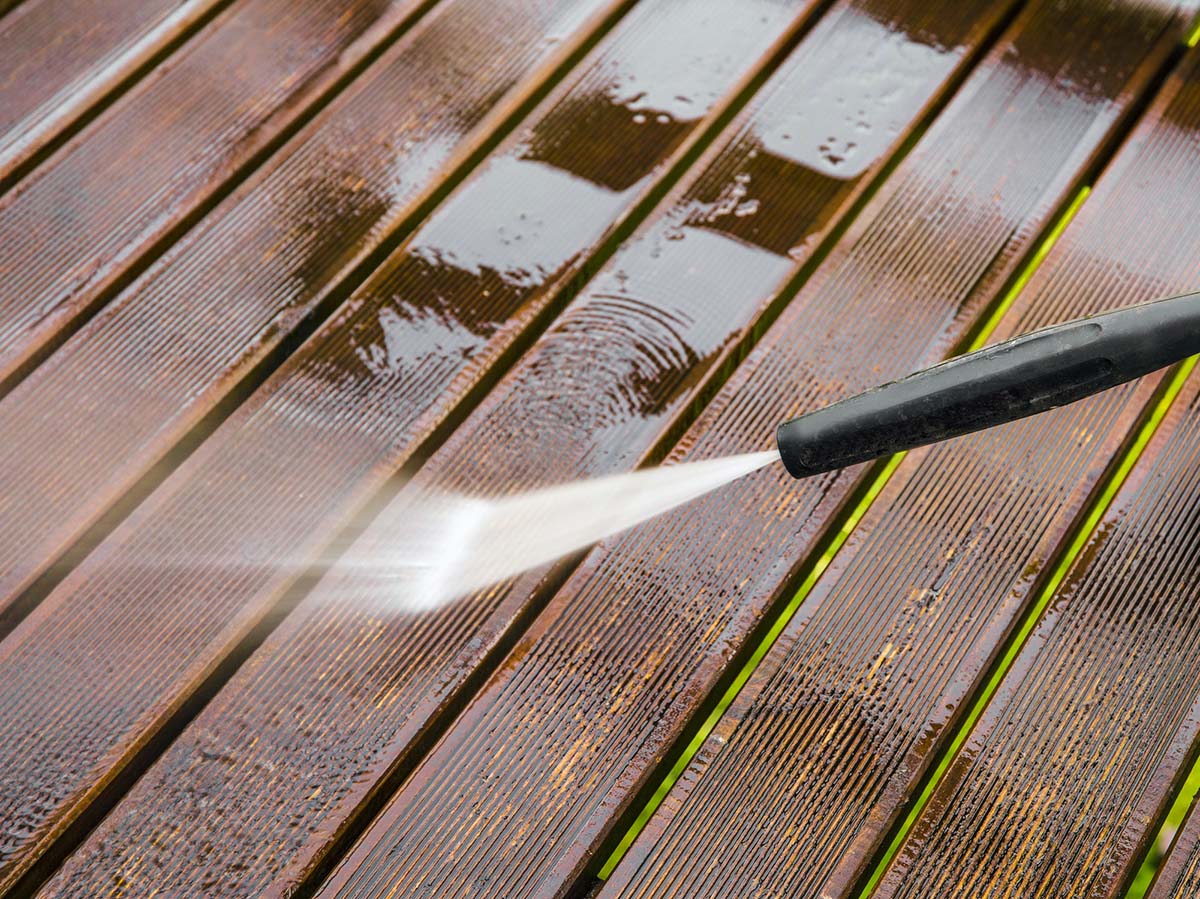
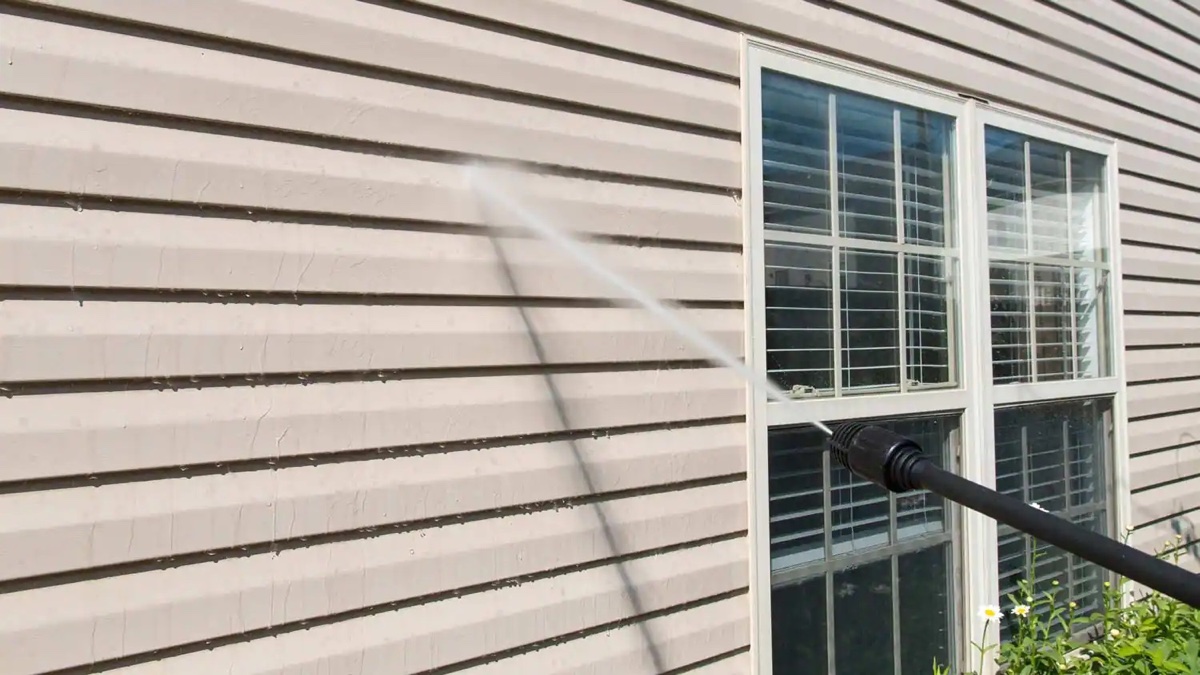

0 thoughts on “Pressure Washer Stalls When Trigger Is Pulled”